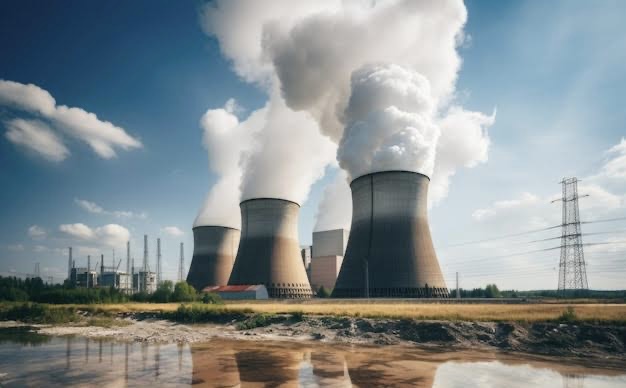Eskom Holdings SOC Ltd., the state power entity of South Africa, has recently come forward to challenge the claims made in a Greenpeace report that positioned the utility as one of the leading contributors to global nitrogen and sulfur dioxide pollution. This rebuttal arises in light of the “Major Air Polluters in Africa” report published by Greenpeace, which highlighted that coal-fired power plants operated by Eskom are responsible for significant emissions, making them among the top sources of nitrogen-dioxide pollution worldwide.
According to Greenpeace, five of the world’s top ten single-source emitters of nitrogen dioxide are coal plants run by Eskom. Furthermore, the report places two of Eskom’s facilities among the worst sulfur-dioxide emission sites globally. However, Eskom contests these findings, suggesting that the methodology employed by Greenpeace, which involves satellite data to measure pollution levels in the troposphere, may not accurately reflect the direct impact of these emissions on ground-level air quality and public health.
South Africa’s heavy reliance on coal for generating over 80% of its electricity has been a long-standing environmental and public health concern. The country grapples with severe air pollution issues, partly due to its lenient emission standards compared to other major polluters like China and India, compounded by the lack of enforcement of these regulations. Eskom defends its environmental record by stating that, at ground level, its operations predominantly adhere to the national standards set for nitrogen-dioxide emissions. It attributes any non-compliance to external factors, such as vehicular emissions and other industrial activities in the vicinity of its plants.
In response to growing environmental concerns, Eskom has initiated the installation of low NOx (Nitrogen Oxide) burners at some of its newer facilities, including Medupi and Kusile, as well as Camden, to mitigate nitrogen dioxide emissions. These burners are part of a broader strategy to equip additional plants with technology aimed at reducing their environmental footprint. Moreover, the utility has taken steps to introduce flue-gas desulfurization units at its Medupi plant, designed to cut down sulfur-dioxide emissions significantly, with similar equipment already operational at Kusile. However, it’s important to note that the desulfurization unit at Kusile is not currently in use due to complications arising from an accident.
Despite these efforts to modernize and improve the environmental performance of its coal-fired power stations, Eskom faces criticism for its particulate matter emissions, which have reportedly reached a 31-year peak in the six months leading up to September. This alarming statistic adds to the ongoing debate about the utility’s environmental impact, particularly in light of accusations by the Centre for Research on Energy and Clean Air, which labels Eskom as the world’s most significant sulfur dioxide polluter.
The clash between Eskom’s defensive stance and the claims made by environmental advocacy groups like Greenpeace underscores the complex challenges facing South Africa’s energy sector. As the country navigates the delicate balance between energy security and environmental sustainability, the spotlight on Eskom’s operations and its impact on air quality continues to grow. This situation calls for a concerted effort to address pollution at its source, implement stricter emission standards, and enforce compliance to protect public health and the environment.



